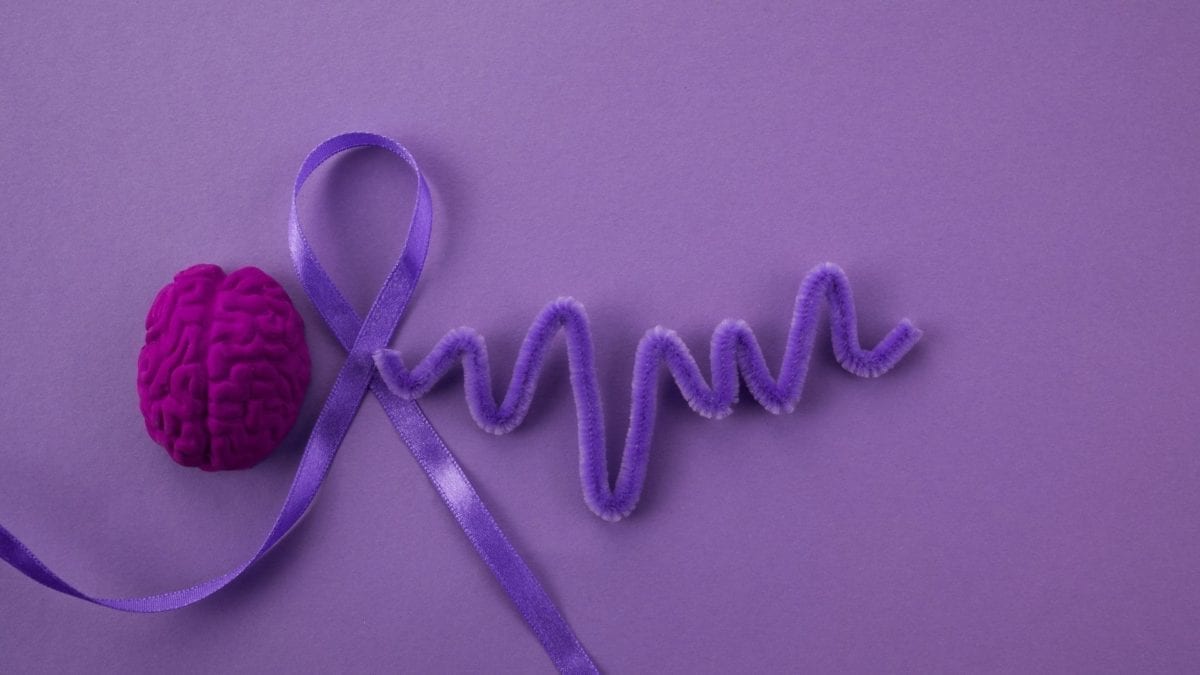A therapeutic alliance and an interdisciplinary approach work well for patients with epilepsy.


epilepsy can be treated successfully.
Epilepsy was once considered a manifestation of gods, demons, spirits and their disaffection with humankind. Its treatment in ancient times involved a range of rituals and exorcisms. In the 19th century, as medical science evolved, epilepsy came to be regarded as a disease of the brain but continued to be associated closely with the mind and was often treated in asylums by doctors, who were as concerned with mental illness as they were with epilepsy.In the first part of the 20th century, clear associations between the mind and epilepsy began to emerge from patient settings. That behaviours could be a manifestation of underlying epilepsy (epileptic equivalents), precede a seizure (aura or warning), and follow seizures (post-ictal states) all became part of neurological lore. That psychological states (hysteria) could manifest with seizure-like episodes, ‘psychogenic seizures’, or ‘pseudoseizures’ also were described. Anxiety, depression, psychosis, obsessions, hysteria… a wide range of mental states being a prelude to seizures, accompanying silent seizures, or following seizures were described by European neuro-psychiatrists. However, despite this rich medical literature of over two centuries, the relationship between epilepsy and the mind remains much misunderstood as also the treatment of disorders thereof.Fourteen-year-old Miss V, with a childhood history of febrile seizures, suffered from repeated episodes of jerking and being ‘absent’ that tended to cluster around her menstrual periods. She also had falling academic grades, mood swings, anxiety, disturbed digestion and poor sleep. A good student whose childhood epilepsy had been well controlled, she was bemused by the sudden outbreak of symptoms around menarche that had over a year substantially reduced her quality of life.Consultations with an array of specialists and close observation by her intelligent and attentive parents led to the understanding that the problem was not easily responsive to conventional medication; was closely linked to stress, both academic and familial; clustered around her menstrual periods; was unpredictable and at times subtle (a jerk or two while on the dining table that could otherwise pass off as a teenage mannerism); could affect her on several days in a month. Indeed, her father, a diligent record keeper, could identify as many as 50 to 60 events in a given month occurring in five to six clusters.A comprehensive care approach for such a patient would comprise:A detailed interdisciplinary history: general medical, menstrual, neurological, psychiatric, developmental, social, familial and nutritionalA detailed treatment history: drugs, doses, side-effects, impact of treatment. Investigations to exclude co-morbidities and complications.Establishment of a therapeutic alliance with the family: A firm commitment to work together with transparency, mutual respect and common goals.An interdisciplinary therapeutic programme: nutritional and medical, psychological counselling, yoga therapy, naturopathic and Ayurveda therapies for digestion, sleep and peri-menstrual symptoms.A carefully graded approach to drug treatment of epilepsy with commitment to identify the ideal drug combination and the therapeutic window thereof.After a similar approach for Miss V, one year later it was found:Episodes diminished from 50 to two to three a month.Attacks were brief and had limited impact (a couple of hours at best).Peri-menstrual periods were bearable.Mood swings and anxiety had remitted; sleep and appetite improved greatly; stress levels fallen.Is compliant with medication and regular; tolerated her drug doses well.A therapeutic alliance and interdisciplinary approach (a recommended global best practice model of epilepsy care*) appear to have worked. Miss V is firmly on the road to recovery.FAQsWhat is epilepsy? A short circuit in the brain’s electrochemical activity is a seizure. A tendency to have unprovoked seizures is epilepsy.What causes epilepsy? About 10 per cent of all patients have clear genetic causes. In others, brain trauma (in pregnancy or later life), infections (cysticercosis and tuberculosis), inflammations, tumours; brain scarring due to poor blood supply (ischemia) and degeneration contribute.Can epilepsy be treated? In over 85 per cent of cases, epilepsy can be treated successfully (either complete absence of seizures or a substantial reduction). A range of drugs, surgical treatments and brain stimulation procedures are available.Can a person with epilepsy lead a normal life? Certainly! People with epilepsy can study, hold responsible jobs, get married, have children, play sport and engage in social, cultural activities. Limitations if any are related to driving a motorised vehicle (law varies across countries), taking part in adventure sports, swimming without supervision etc.Can epilepsy be prevented? Epilepsy is not contagious. Prevention starts at conception with good maternal health and antenatal care. Good care of the newborn, appropriate nutrition, prevention of infections, head injuries especially road traffic accidents, early diagnosis and treatment of seizures are the cornerstones of prevention.What to do when a person has a seizure? Put them on their side comfortably (the recovery position), remove all dangerous objects (those that are sharp, emit heat etc.), provide a soft head rest; hold them gently until the event is over (seconds to minutes). Do not try and insert your hands into their mouth; do not hold them forcefully or try to interrupt the seizure. Giving them keys or metal to hold has no medical impact. If a seizure is prolonged, call an ambulance immediately.


